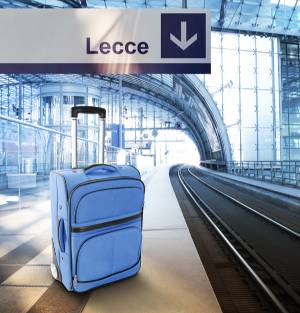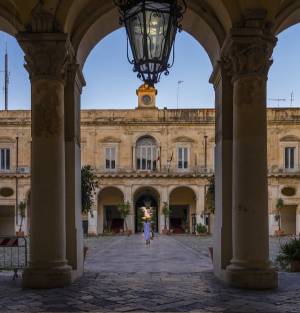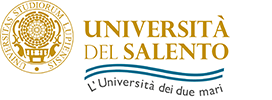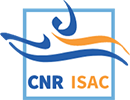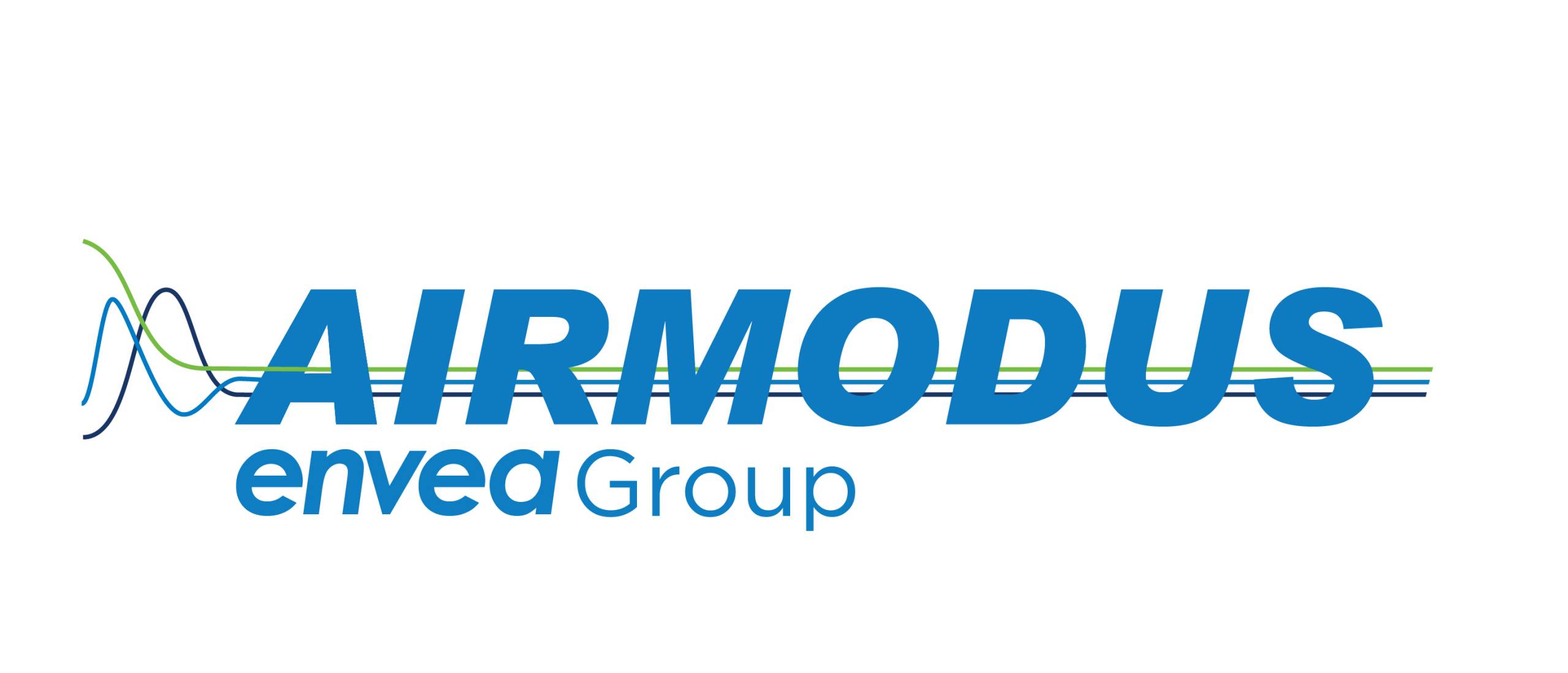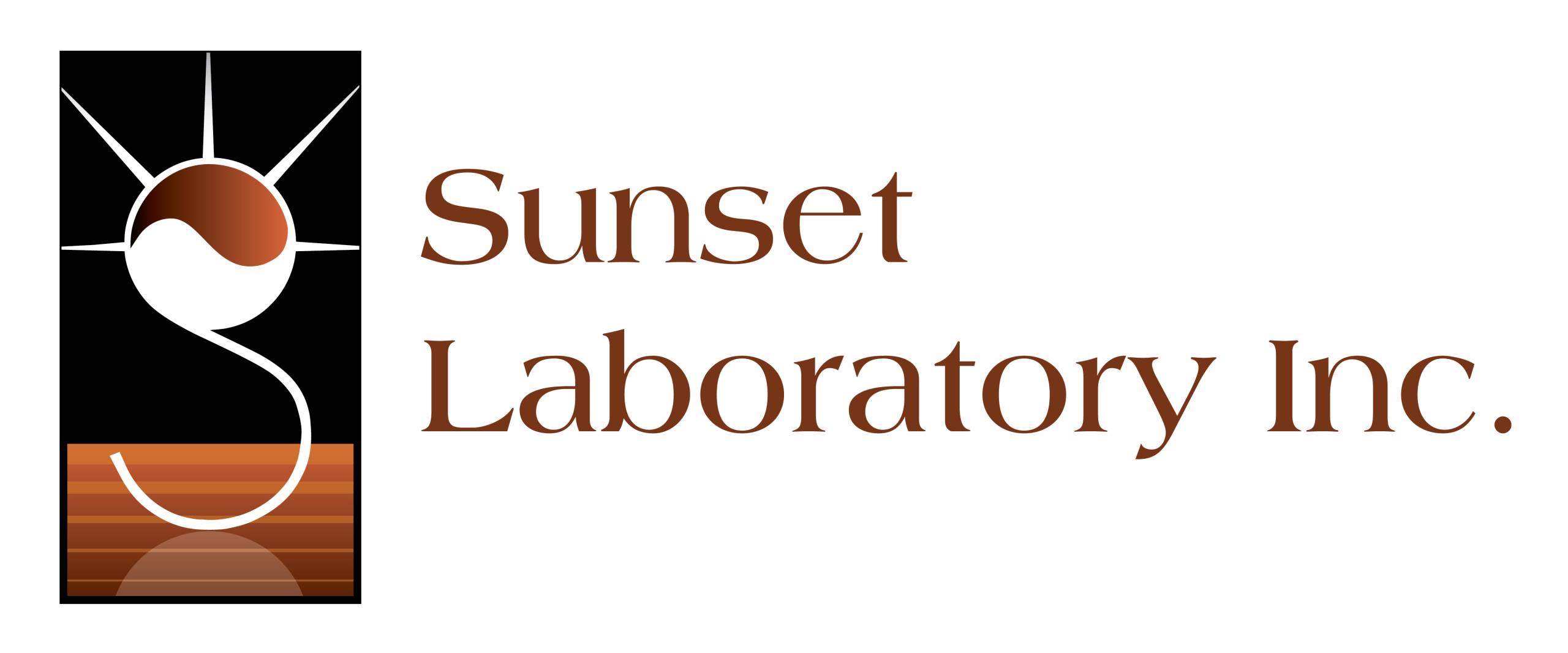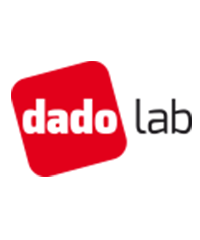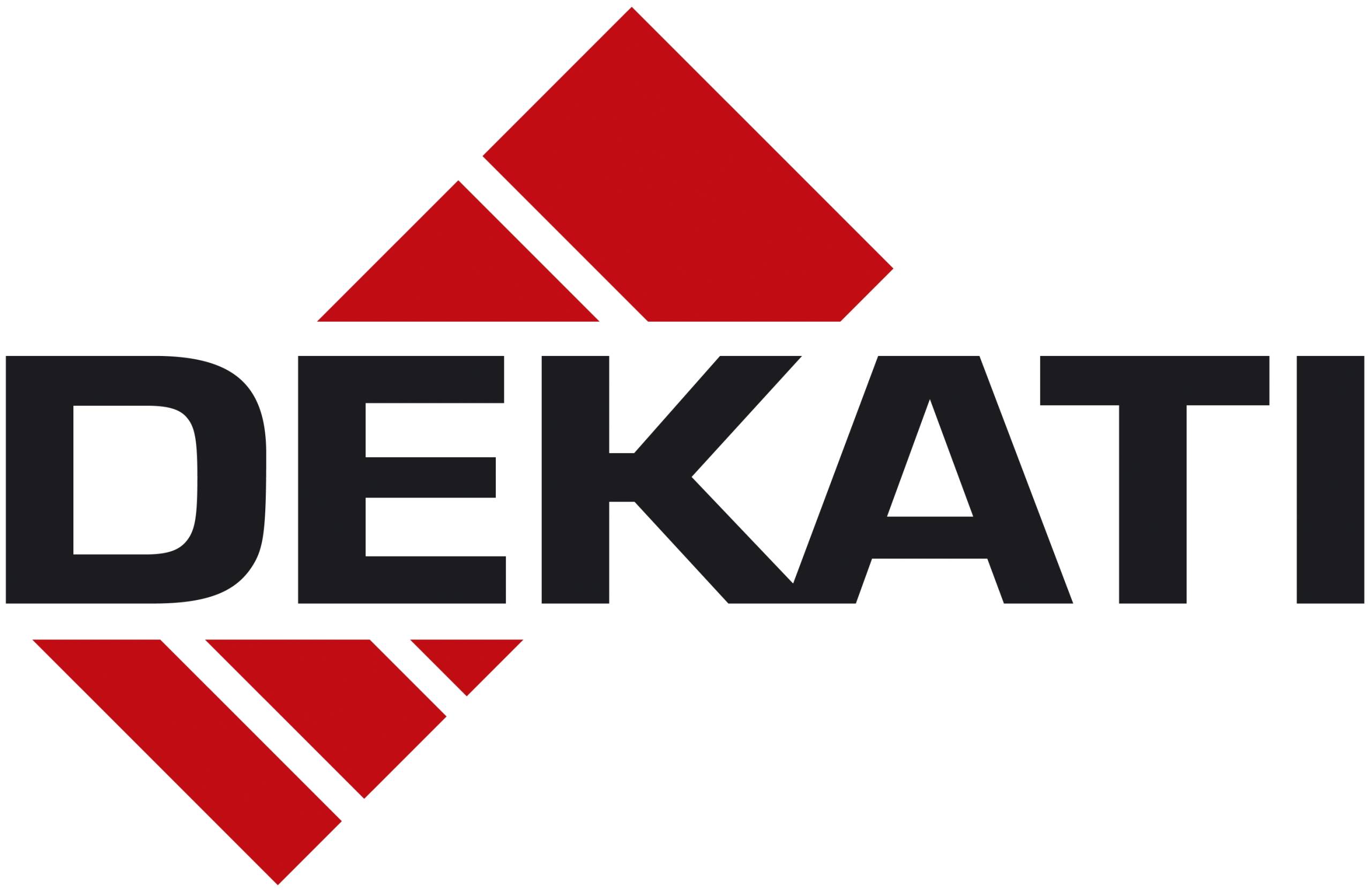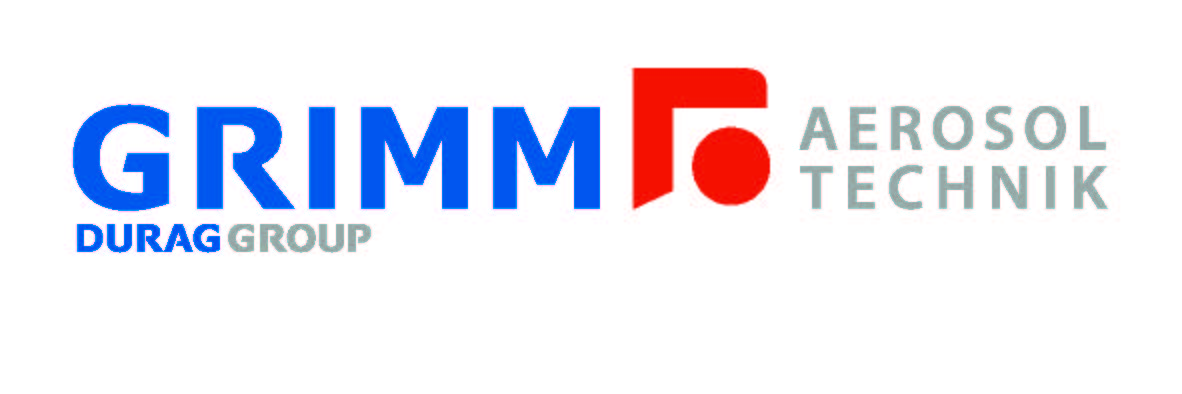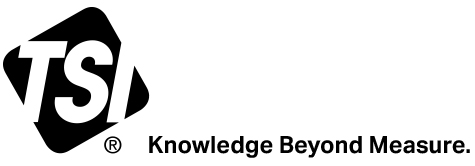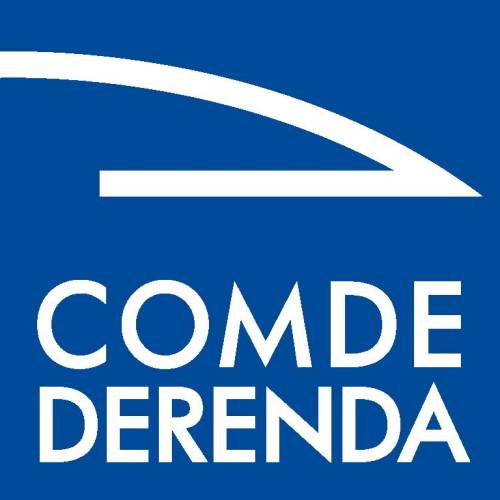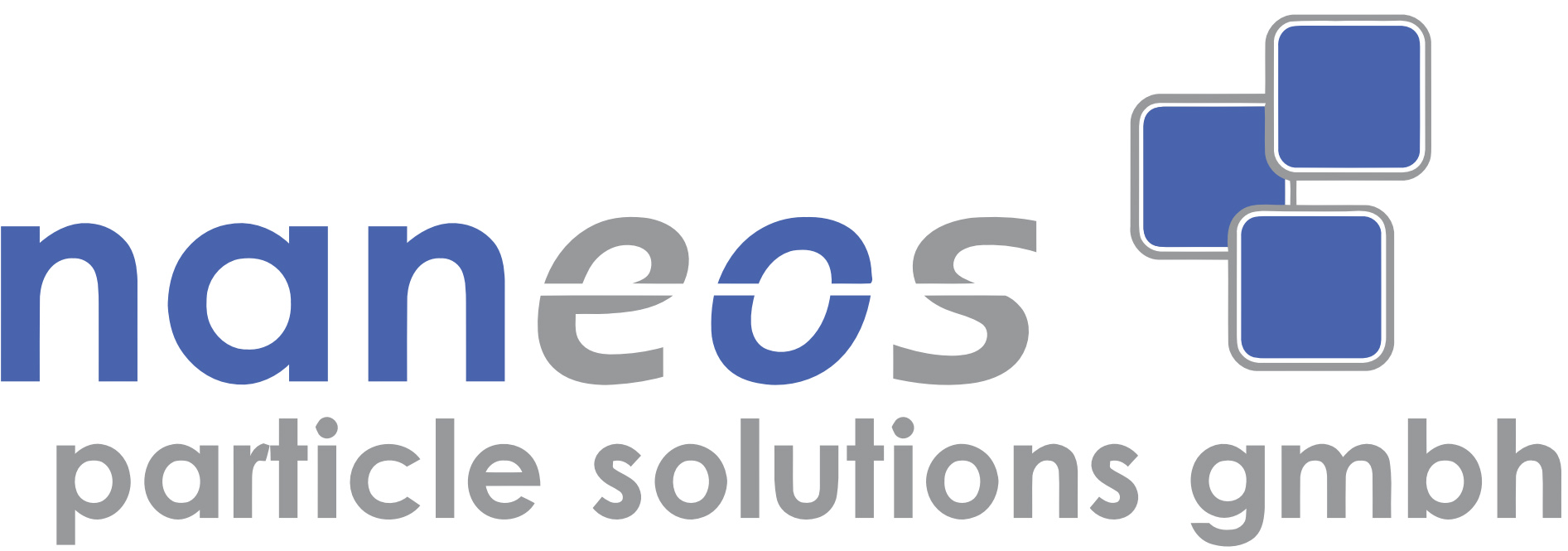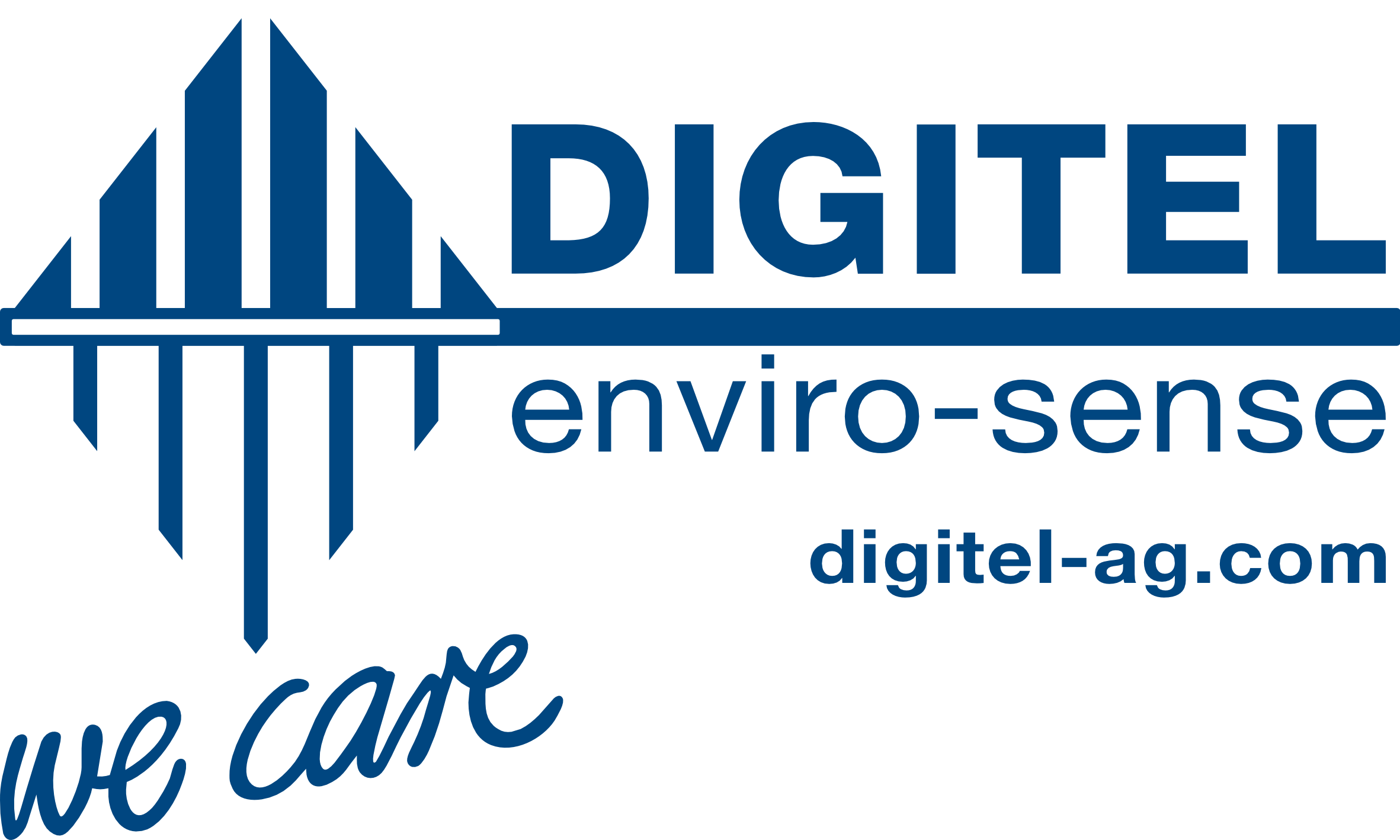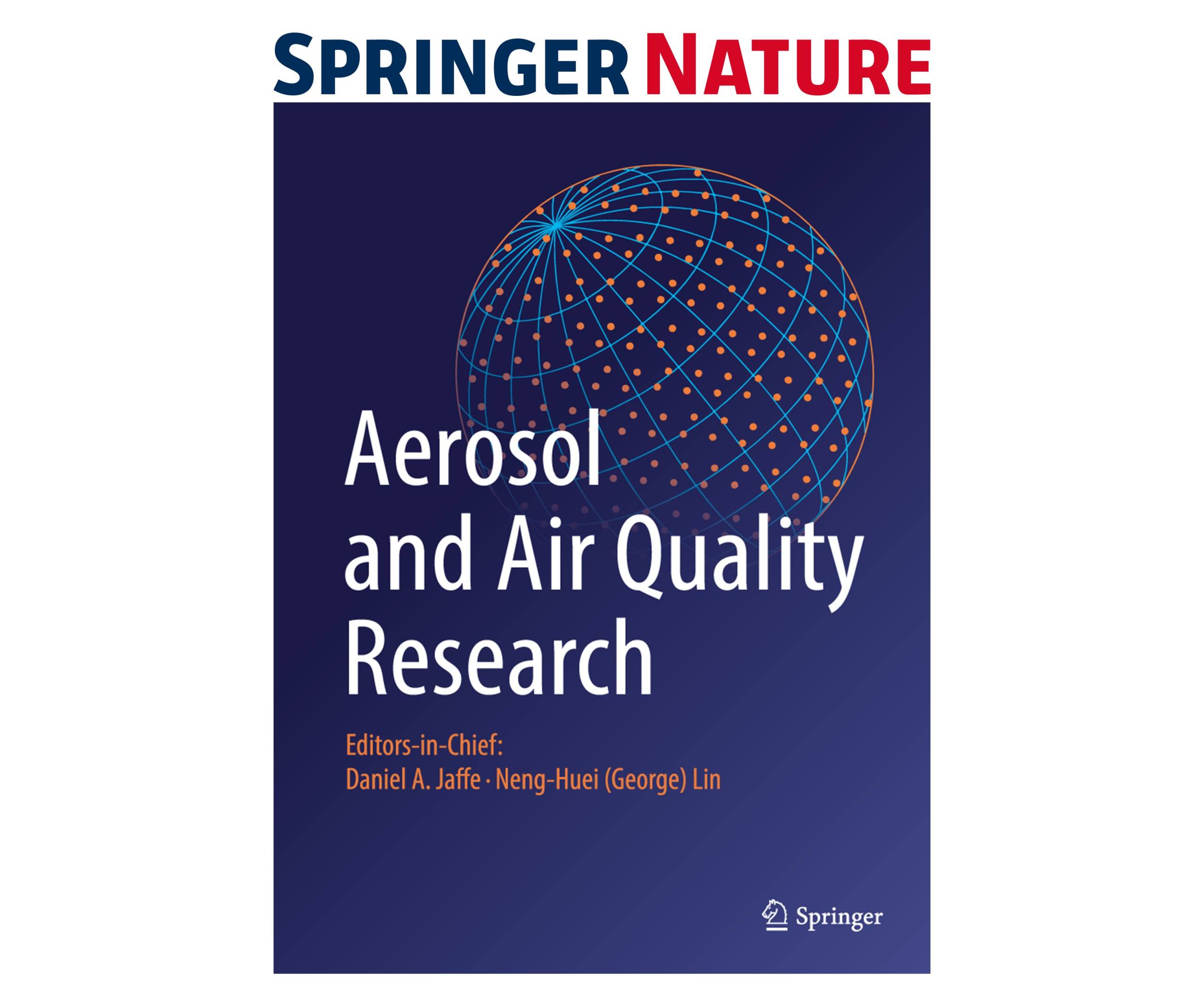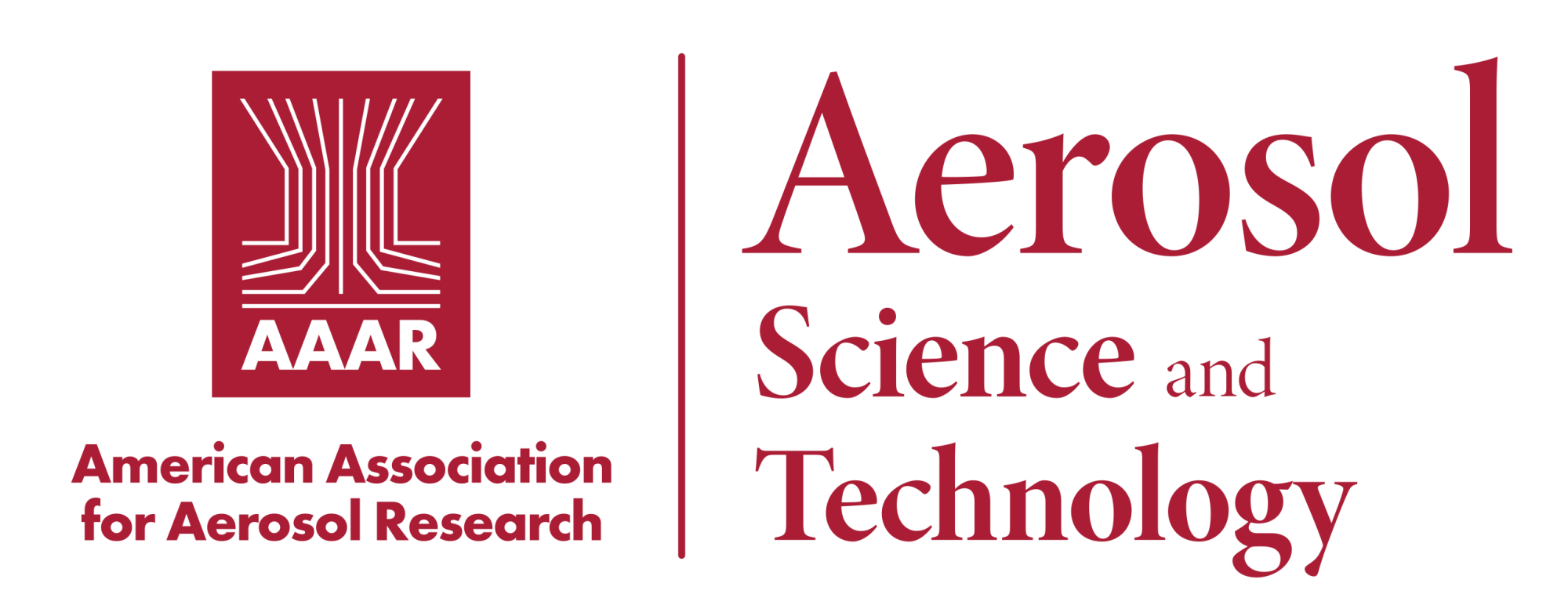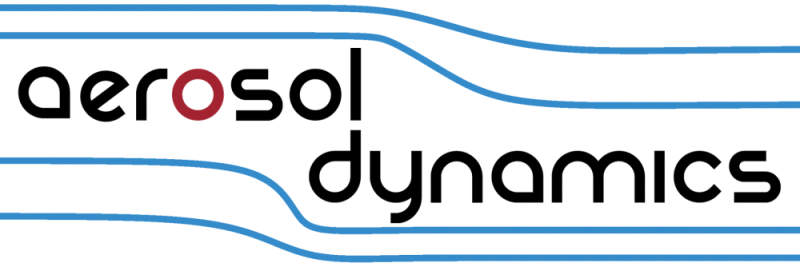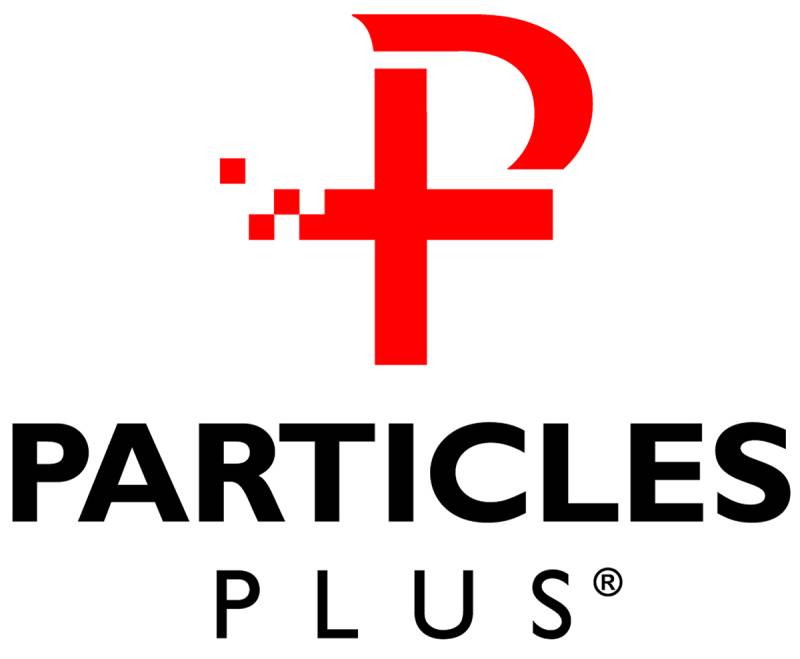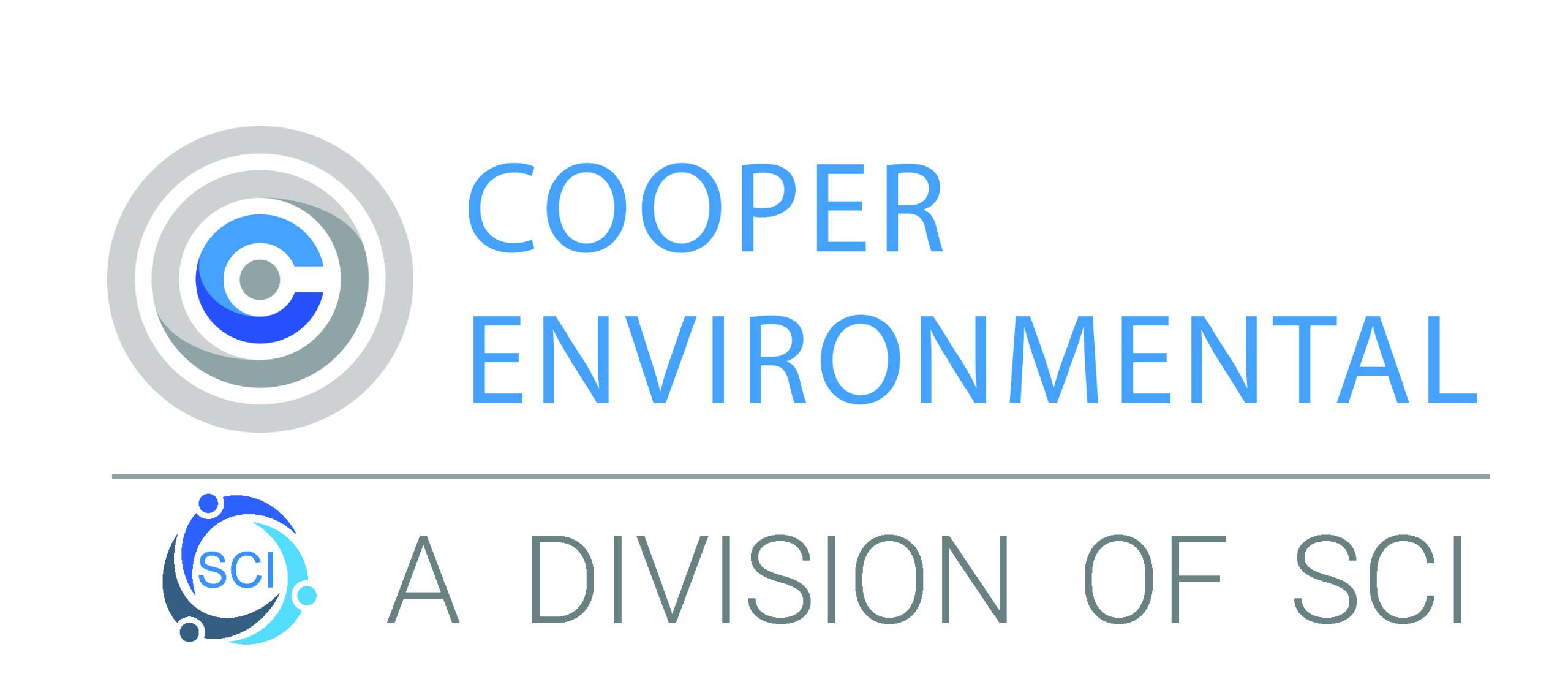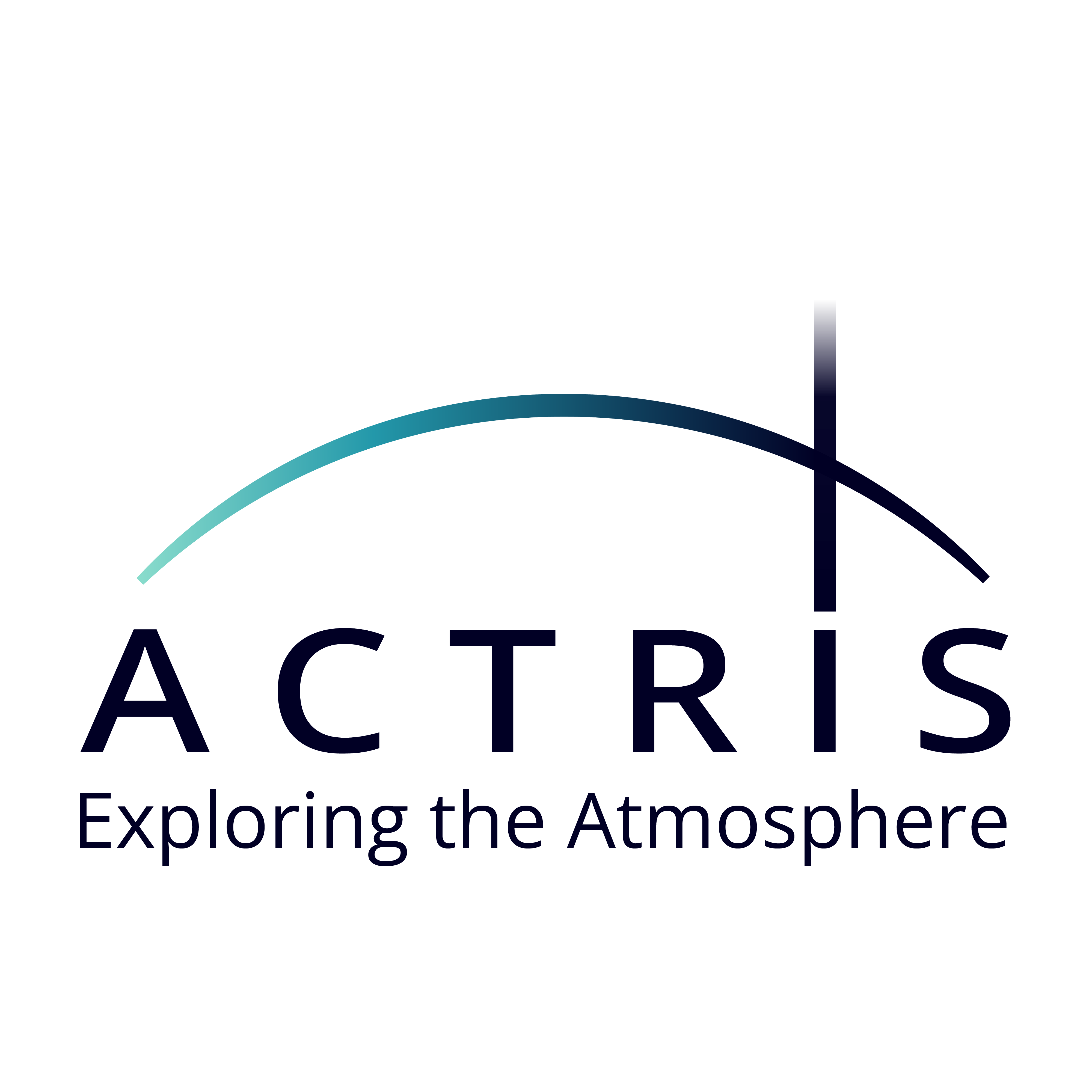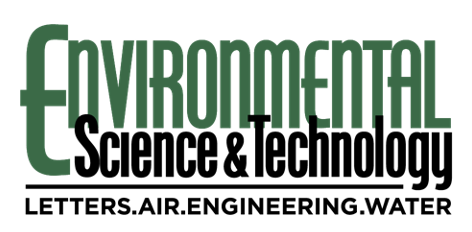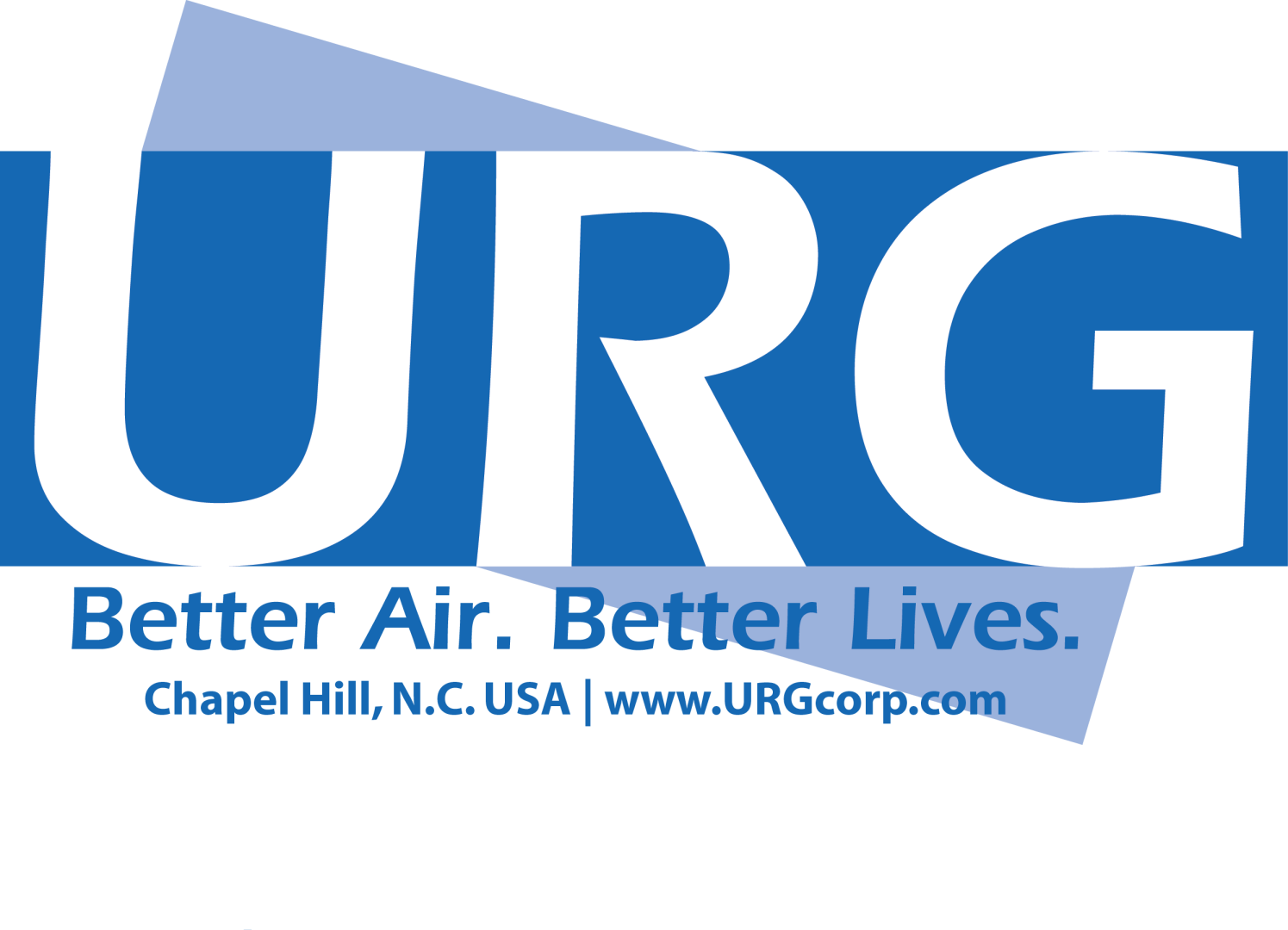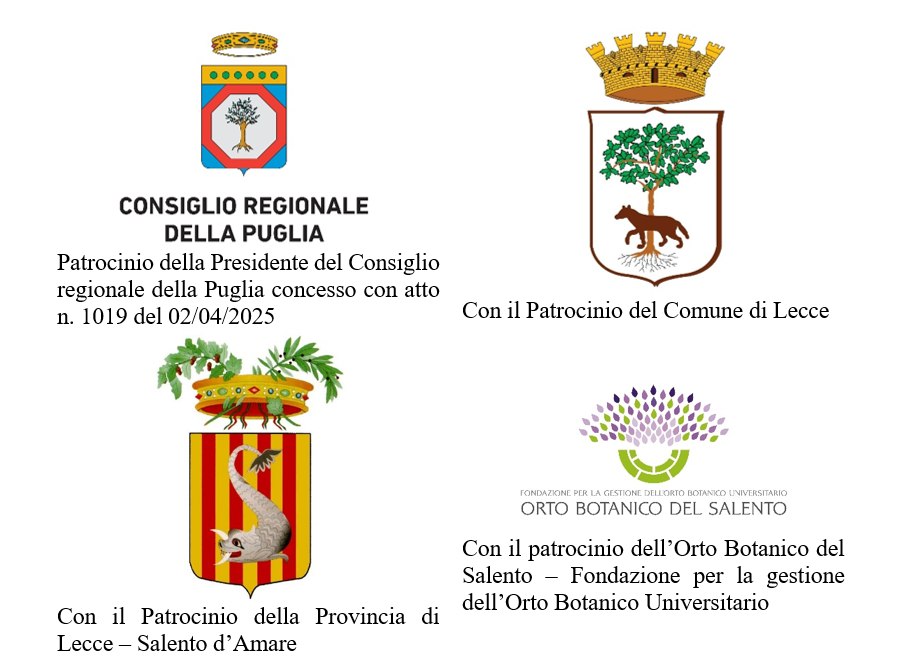The following special sessions have been proposed by the EAA Working Groups and can be selected during submissions.
- “Aerosols in the Mediterranean basin: effects on regional climate and air quality”. WG2-WG4. Conveners: Stefano Decesari (CNR-ISAC, IT), Carolina Molina (EPFL, CH; FORTH, GR), Maria Gini (NCSR “Demokritos”, GR).
Description: The Mediterranean environment presents unique geographical and climate features, with ecosystems and landscape carved by millennia of human exploitation. Aerosol concentrations, resulting from a mix of anthropogenic and natural sources, are much higher – on average – then in northern European countries, posing several environmental issues encompassing interactions with weather, climate and the water cycle, to air pollution in large conurbations and rural areas. This special session is meant to present state-of-the-art research contributions from recent field experiments, new projects and development of modelling frameworks, as well as about the implementation of advanced observing systems for atmospheric aerosols across the area.
- “Nanoparticle formation, growth and oxidation during combustion processes”. WG1-WG5. Conveners: Georgios Kelesidis (Delft University of Technology, NL), Eirini Goudeli (University of Melbourne, AU).
Description: Combustion-generated aerosols are typically viewed as a nuisance, as soot (black carbon) emitted by engines, biomass combustors and forest fires is a toxic air pollutant that contributes to global warming. On the other hand, flame aerosol technology is attractive for the high throughput synthesis of functional nanomaterials with various applications, including energy generation, biomedicine and sensors. Thus, understanding the fundamentals of particle formation, growth and oxidation during combustion processes is essential to control the physicochemical properties (e.g. size, morphology, composition, optical properties) of combustion-generated nanoparticles that determine their climate and health effects, as well as their performance in different applications. This session aims to present an overview of state-of-the-art experimental and numerical methods that provide new insights in the aerosol dynamics during combustion.
- “Climate and health effects of combustion and transport-related aerosols”. WG1-WG4.
Conveners: Ismael Ortega (ONERA, FR), Maurizio Gualtieri (University of Milano Bicocca, IT))
Description: Combustion and transport-related aerosol emissions contribute decisively to global warming. For example, aerosols emitted from aircraft engines facilitate the formation of contrails that account for more than 50 % of the radiative forcing induced by aviation. At the same time, new studies highlight the potential health effects of combustion and transport-related aerosols. Despite significant advances in this field, there is still a large uncertainty regarding the impact of combustion and transport-related aerosols on climate and health. This session aims to provide an overview of the state of the art in this field.
- “Aerosol remote sensing”. WG2.
Conveners: Martine Collaud Coen (MeteoSwiss, CH); Rob Modini (Paul Scherrer Institute, CH); Hugo Ricketts (University of Manchester, UK); Francisco Navas Guzmán (University of Granada, ES).
Description: Aerosol remote sensing observations play a crucial role in the analysis, monitoring, and forecasting of atmospheric aerosols. In the coming years, significant advancements in aerosol remote sensing capabilities are expected, owing to a multitude of technological breakthroughs such as small satellites, novel hyperspectral and polarimetric satellite measurement capabilities, improved lidar designs, and enhanced aerosol retrieval and data assimilation algorithms, including those incorporating machine learning techniques. In the view of the conveners, past European Aerosol Conferences have tended to underrepresent aerosol remote sensing studies, leading to missed opportunities for developing connections between the broader remote sensing community and in situ measurement specialists and modelers in the European aerosol community. Therefore, we propose to hold a special session on aerosol remote sensing at the EAC2024 with the aim of developing such connections across communities that could take advantage of the recent and upcoming advancements in this field. The special session would welcome contributions from academic and industry partners using all types of aerosol remote sensing, including passive and active ground-based, airborne, and satellite-based remote sensors. Potential contributions are encouraged to explore a wide range of topics, including studies on regional-to-global scale monitoring of atmospheric aerosols, analyses of specific aerosol types and events, aerosol transport, intercomparison and synergies between remote sensing and in situ observations, aerosol property retrieval algorithms, data assimilation, and model validation using remote sensing observations.
- “Aerosol Formation in Biogenically-Dominated Regions”. WG2.
Conveners: Joel F. de Brito (IMT Nord Europe, Institut Mines-Télécom, Univ. Lille, Centre for Energy & Environnement, FR); Christopher Pöhlker (Max Planck Institute for Chemistry, DE); Paola Formenti (Université Paris Cité and Univ Paris Est Creteil, CNRS, LISA, FR); Samara Carbone (Agrarian Sciences Institute, Federal University of Uberlândia, Uberlândia-MG, BR).
Description: this session will focus on aerosol formation and transformation processes in regions strongly impacted by biogenic emissions, where natural VOCs play a critical role in aerosol formation. The session will cover recent advances in understanding the interaction between biogenic and anthropogenic emissions, the chemical pathways involved in particle formation, and the impacts of these aerosols on air quality and climate. We invite contributions addressing field measurements, laboratory experiments, and modeling studies that explore the unique aerosol dynamics in forested and other biogenically-dominated environments. This session aims to foster discussions on how biogenic emissions contribute to regional or global aerosol budgets and their potential implications for future climate scenarios under changing environmental conditions.
- “Airborne Nano and Microplastics: measurements, observations, pathways and impacts”. WG2-WG3-WG4.
Conveners: Angeliki Karanasiou (CSIC, ES); Sri Hapsari Budisulistiorini (University of York, UK); Anke Nölscher (University of Bayreuth, DE).
Description: we invite abstracts for a special session dedicated to emerging research on airborne nano- and microplastics, which are increasingly recognised as ubiquitous pollutants in marine, terrestrial, and atmospheric environments. Due to their nano- and micrometre sizes, these particles can remain airborne for extended periods, influencing climate by scattering and absorbing sunlight while also posing potential health risks upon inhalation. As our understanding of these pollutants evolves, methodologies for detecting and analysing airborne nano- and microplastics remain in development. We welcome contributions on a range of topics, including transport mechanisms, environmental and public health implications, challenges in characterising their transformation, and innovative detection and analysis techniques. Experimental, observational, and modelling studies, as well as the development of standardised protocols for monitoring and quantifying airborne nano- and microplastics, are encouraged. Together, we aim to enhance our understanding of their atmospheric behaviour, fate and impacts.
- “Measurement of Non-Exhaust Aerosols”. WG3.
Conveners: David Green (Imperial College, UK); Chiara Giorio (University of Cambridge, UK).
Description: Non-exhaust aerosols, including particles from brake wear, tyre wear, road abrasion, and resuspension, are an increasingly significant component of urban particulate matter as exhaust emissions decline. Accurate measurement of these aerosols is critical for understanding their sources, quantifying their impacts on air quality and health, and developing mitigation strategies. This session will explore advances in measurement techniques, from laboratory setups, on-vehicle monitoring and field studies as well as their implications for modelling. Contributions addressing innovative measurement and data analysis methodologies, and insights into regulatory implications are especially encouraged.
- “Oxidative potential of aerosol particles and health risks”. WG4.
Conveners: Pourya Shapoury (Trent University, CA); Athanasios Nenes (EPFL, CH; FORTH, GR); Gaelle Uzu (IRD, FR).
Description: It is well established that global population exposure to outdoor and indoor air pollution leads to millions of premature deaths from respiratory, cardiovascular and other diseases every year. Epidemiological evidence associates the health effects of air pollution to the inhalation of particulate matter, which acts as carrier for a mixture of toxic substances, including metals and organic species. Mounting evidence suggests that the adverse health effects are related to the induction of oxidative stress following the excess production of exogenous reactive oxygen species in the body. Oxidative potential (OP) has been proposed as a metric for characterizing the potential of pollutants to cause oxidative stress and health outcomes. OP can be quantified using a variety of acellular and cellular assays as well as model simulation. Establishing the relationships between aerosol sources and chemical composition, exposure pathways, biochemical mechanisms, and health outcomes is key for risk assessment of air pollutants and effective air quality management. This session provides a platform for international experts from academia, government, and industry to share their research on the role of OP in the adverse health effects of air pollutants. Submission topics could include OP of indoor and outdoor aerosols, application of acellular and cellular OP assays and model simulation, OP and its relation to aerosol chemical and physical characteristics and emission sources, and biological and epidemiological aspects of OP.
- “Advances in the algorithms, performance and applications of low-cost sensors for aerosol measurements”. WG3.
Conveners: Christof Asbach (Institut für Umwelt & Energie, Technik & Analytik (IUTA), Germany); Benjamin Sutter (Institut National de Recherche et de Sécurité (INRS), Nancy, France).
Description : Low-cost PM sensors have gained a lot of attention in recent years. Due to their small size and low costs, they present new opportunities, such as setting up dense measurement networks for monitoring outdoor or indoor particle concentrations, and evaluating exposure for workers or residents, both with high spatio-temporal resolution. Additional new applications include demand-based control of ventilation systems or air cleaners. While early low-cost PM sensors applied a simple photometric method, recent advances in measurement principles and internal algorithms now allow the determination of particle number and mass concentrations of different size fractions. This special session welcomes contributions on instrumental and methodological advancements as well on novel applications of low-cost PM sensors.



